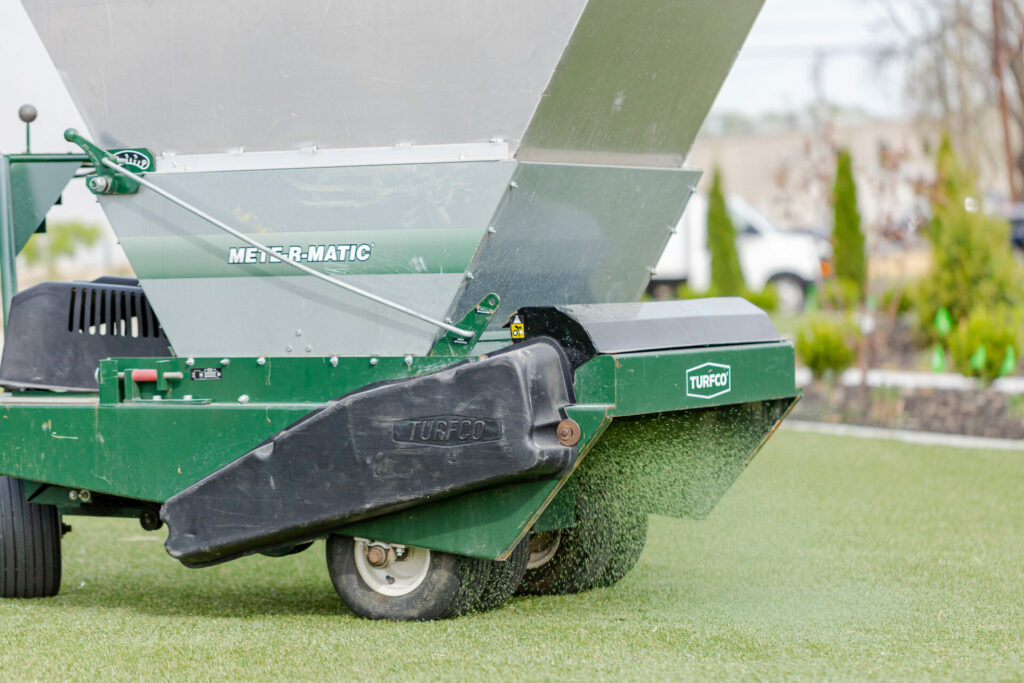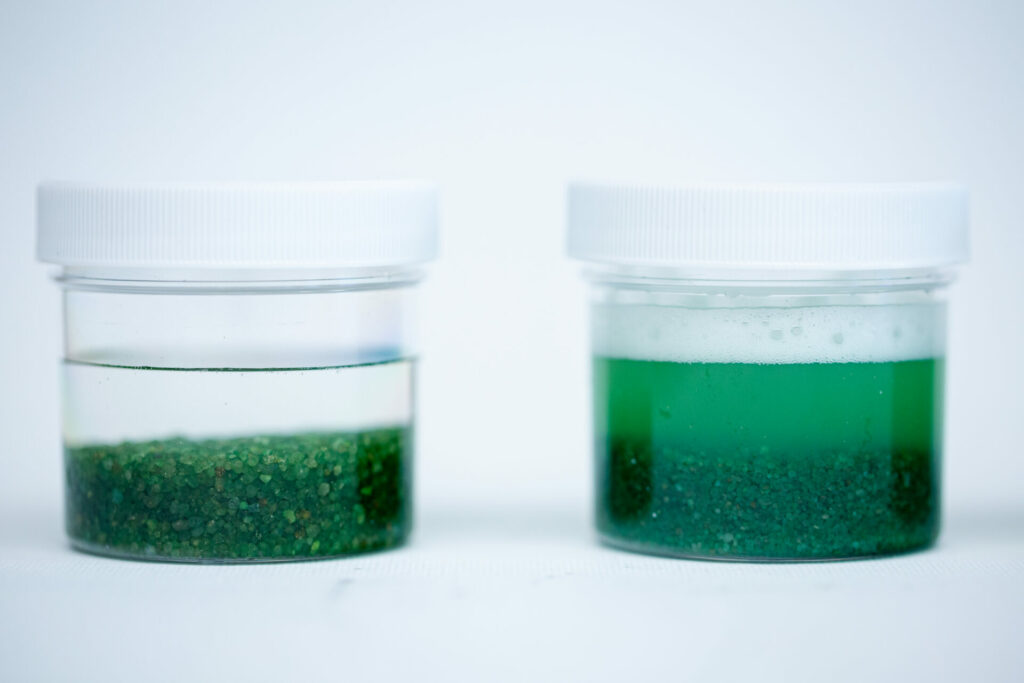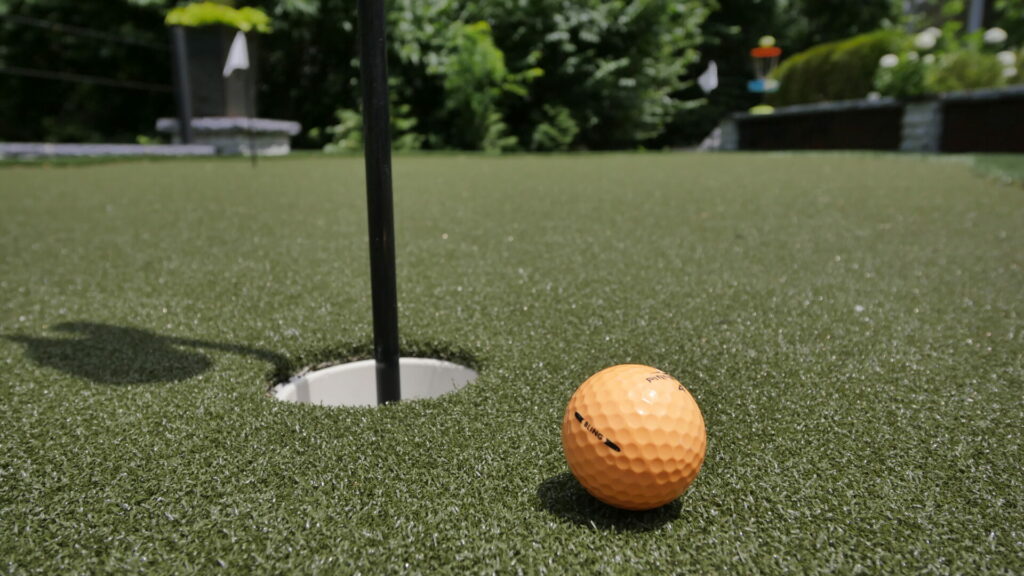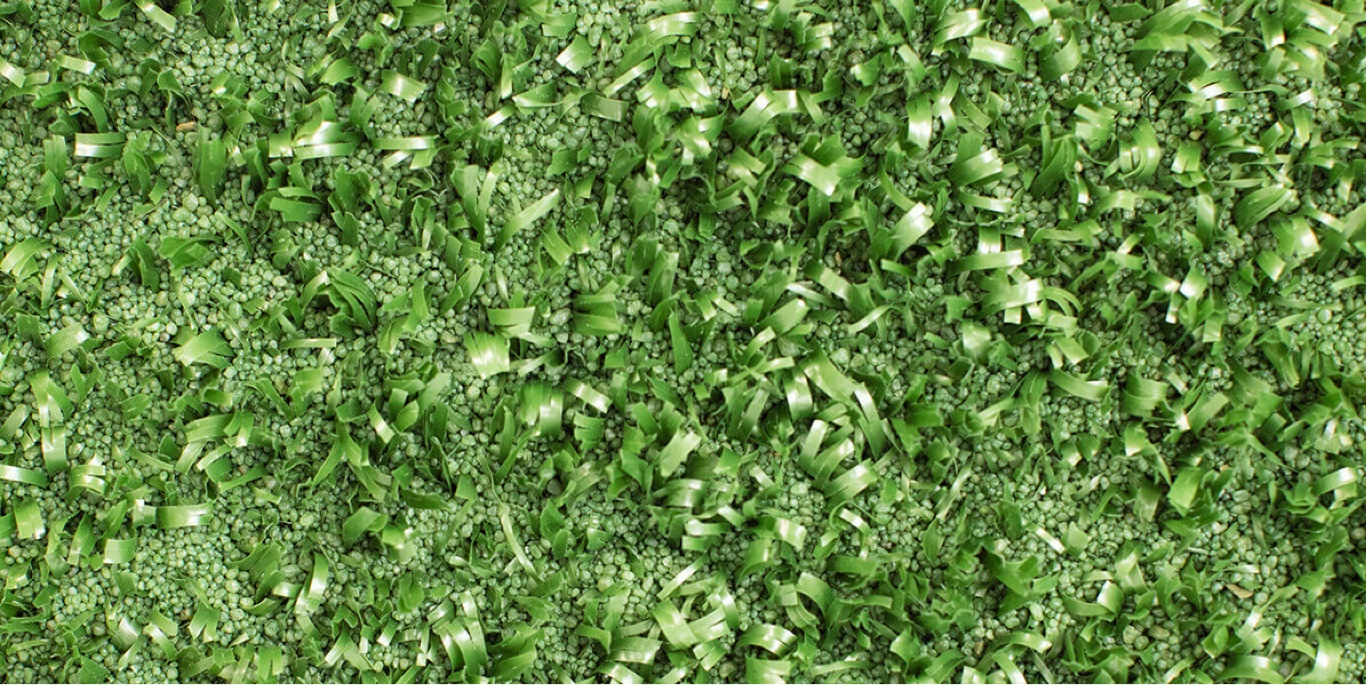
Infill Landscape Blog
Subscribe To Email Updates
Subscribe to our weekly newsletter and we’ll send updates straight to your inbox
Do You Have to Use Infill for Artificial Grass?
The answer is a resounding “yes”
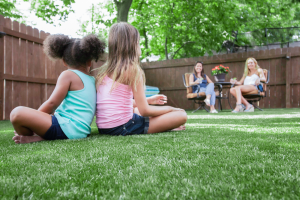
Artificial grass isn’t just for sports fields any more. Homeowners across the country are installing artificial grass on their lawns instead of sod or planting seed to get that beautiful look and longevity it provides.
Today’s artificial grass isn’t the rough carpet-looking product it was back in the 1980s. It isn’t even the same product that made its way onto sports fields across the country more than 10 years ago.
There are numerous benefits to installing artificial grass for landscapes. For the most part, it is maintenance free, as it doesn’t require any mowing or watering, which can also save you money in the long run. It’s a durable product that typically lasts for more than 10 years and stays vibrant the entire time.
There are plenty of choices when it comes to the artificial grass, but one of the most common questions is – is infill necessary for artificial grass? The answer is a resounding “yes.”
What is Infill for Artificial Grass?
Infill is a substance installed to literally fill the space between the blades of artificial grass. Not only does the infill keep the aesthetics of your artificial grass looking great, it provides support and protection as well.
Synthetic turf systems that were mostly used for athletic surfaces once mainly consisted of only crumb rubber, but this has changed dramatically over the years. Today, consumers can decide between organic materials, coated sands and virgin polymers in addition to the crumb rubber for their artificial turf infill.
Why Do You Need Infill for Artificial Grass?
Infill plays a number of very important roles in an artificial grass surface for landscapes. First, it weighs down the surface, protecting the blades of artificial grass from the effects of changes to hot and cold weather. The infill keeps the surface from looking like clumped-up carpet when the blades inevitably expand and contract with changes in temperature.
Infill acts as the ballast, footing and shock absorption for your artificial grass. You may not think this is as important for your home landscape as it would be for a professional athletic surface, but you’d be surprised how important it is. Constant foot traffic, especially when a lot of people are enjoying your yard, would cause most lawns to mat down. The infill allows the artificial grass to be resilient and pop back up to its natural look.
Infill also serves as the protector of the structure of an artificial grass surface. The infill protects the backing of the surface from the foot traffic, as mentioned above, but also from UV radiation, water and other elements that could cause the surface to suffer damage or pull away from the ground.
Artificial grass infill is so important to the surface that a majority of the system is made of the product. In fact, when installed correctly, 90 percent of most artificial grass systems should be infill by weight, with the remaining 10 percent being comprised of the turf and pad. Infill has a greater impact on the performance of the artificial grass system than any other component, and pound for pound, there is significantly more infill than any other component.
What Type of Infill, and How Much, Should You Use?
Infill for artificial grass comes in a variety of shapes, sizes and composition. Each product has its own make-up, color, cost, warranty and sustainability, so choosing the specific type of infill you use is important.
Raw sands are what are typically used for most artificial grass landscape projects, but there are better options available. Infill products such as Envirofill are low maintenance, clean and reusable. Others are organic and are made from all-natural products.
The total amount of infill that is necessary for an artificial grass landscape depends on the size of the lawn you have. Typically, though, it is recommended to use approximately two to three pounds of infill for each square foot of your lawn. Not having enough infill is just as bad for your artificial grass landscape than not having any infill at all, as many of the same issues will arises if there’s not a sufficient amount.
When you have decided you want to make the move to install artificial grass on your home’s landscape, make sure infill is a crucial part of the equation. Infill isn’t just advised for all artificial grass surfaces. Infill is an essential component of any artificial grass surface.
Similar Blogs
